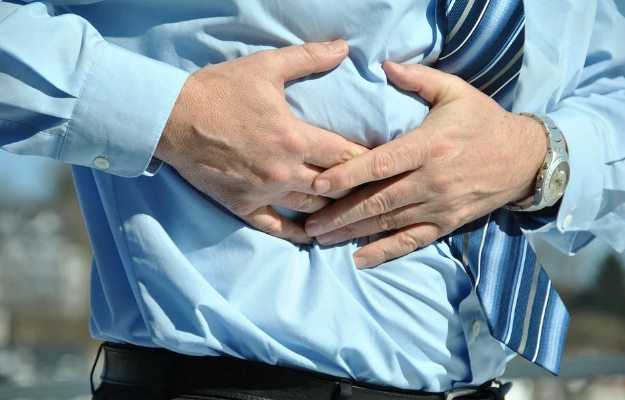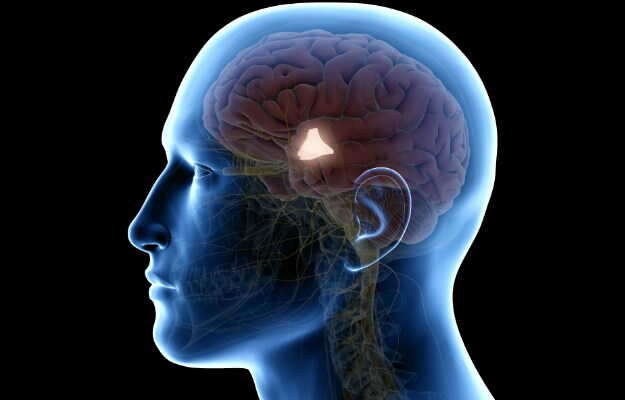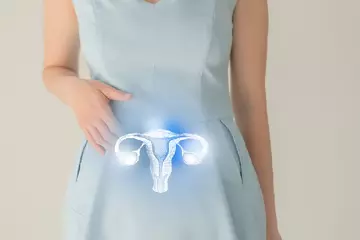What is cystinuria?
Cystinuria is an inherited disease characterised by the accumulation of an amino acid called cysteine in the kidneys and the bladder. The build-up of cysteine in the urinary system can result in stone formation, which can further block the urinary tract. Worldwide, it is seen to affect 12% of the population and can affect almost everybody regardless of age or gender. It causes 1%-2% of the kidney stones in adults, but in the paediatric population, it causes around 6%-8% of urinary tract stones. In India, it is estimated that 12% of individuals with cystinuria have urinary stones, and 50% of those affected may lose kidney function.
What are its main signs and symptoms?
The symptoms may begin between the ages of 10 to 30 years. The signs and symptoms are mainly due to stone formation:
- Nausea
- Vomiting
- Pain during micturition (urination) (Read more: Painful urination treatment)
- Haematuria (blood in the urine).
- Flank pain
- Frequent urinary tract infection
Other similar conditions include:
- Dibasic aminoaciduria (a kidney disorder with excessive excretion of amino acids in the urine).
- Cystinosis (accumulation cysteine, an amino acid, within the cells).
What are its main causes?
The main cause is the abnormal movement of cysteine through the body, which is inherited from both the parents. The genes responsible for this condition are SLC3A1 and SLC7A9 genes. Four subtypes of cystinuria are usually seen:
Type 1: Defective transport of amino acids in the kidneys and the intestine.
- Type 2: Impairment in the transport of cysteine and lysine.
- Type 3: Kidney transport of both the above becomes defective with normal intestinal transport.
- Hypercystinuria: Moderate increase of cysteine in the urine.
How is it diagnosed and treated?
Cystinuria is mainly diagnosed by the nature of the symptoms and analysing whether the stone is made of cystine. Family history may be taken to help understand any genetic involvement.
The following diagnostic tests help detect cystinuria:
- Urine tests are primarily done
- A 24-hour urine collection
- Intravenous pyelogram (IVP)
- Imaging techniques such as:
- Ultrasound
- CT scans
- Genetic testing
The goals of treating cystinuria include relief from symptoms and prevent stone formation. Treatment involves removal of stones by the following procedures:
- Ureteroscopy
- Percutaneous nephrolithotomy
- Open surgery
- Extracorporeal shock wave lithotripsy (ESWL)
Medications include:
- Urine alkalizing agents
- Thiol-binding medications
Lifestyle changes:
- Adequate water intake is essential to expel stones.
- Take medications on time.
- Regularly monitor urine pH.
- Minimise salt intake.
Cystinuria is a severe condition that is characterised by symptoms such as recurrent stone formation. In rare cases, it can lead to tissue damage or renal (kidney) failure. It is best to consult a physician for correct diagnosis and ensure a quick recovery.

 Doctors for Cystinuria
Doctors for Cystinuria  OTC Medicines for Cystinuria
OTC Medicines for Cystinuria



















